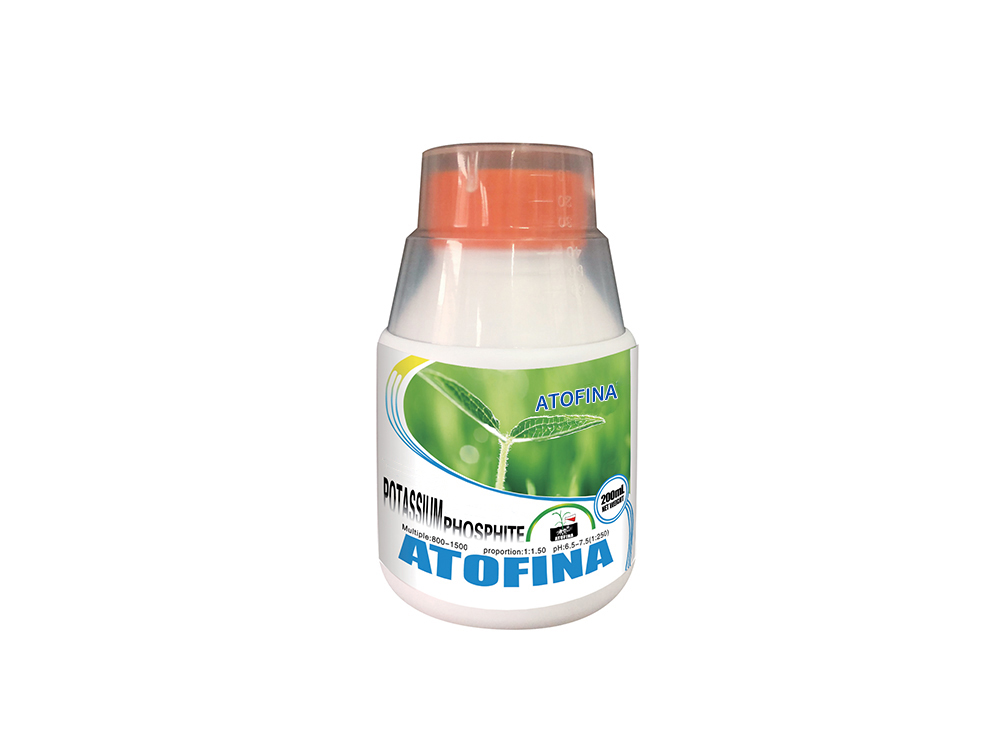Atofina chemicals UK
Address:Brahfield Centre, 184 Milton Road Cambridge Science Park, University of Cambridge
 Tel:
Tel:
HOTLINE
Atofina chemicals UK
Address:Brahfield Centre, 184 Milton Road Cambridge Science Park, University of Cambridge
Contact Us Atofina chemicals UK
Atofina chemicals UK
 E-mail:15621738899@163.com
E-mail:15621738899@163.com
 2025-03-28
2025-03-28

Containing high activity copper and phosphorous anhydride P3+
① Promote the synthesis of plant antitoxins, and prevent the spread of fungi (Phytophthora, Aspergillus, Penicillium, Sporotus, etc.) and bacteria (Erwinia, Pseudomonas, etc.)
Zygomycota, Xanthomonas genus, etc.
② Can promote crop respiratory system, photosynthesis, and protein synthesis.
③ Promote the formation of natural growth hormones (such as indoleacetic acid) during plant growth. Promote flower bud differentiation, control shoots, increase fruit setting rate, enhance immunity, strengthen prevention and control, prevent and control ulcers and frostbite.
1. It can effectively stimulate crops to produce polyphenolic substances and reactive oxygen species (ROS) to directly attack pathogens, and induce crops to emit anti-interference signals to produce chitinase and glucanase, which have good inhibitory and preventive effects on common diseases, and can induce crops to develop sustained immunity to pathogenic fungi and viruses.
2. It can regulate the opening and closing of leaf stomata, avoid excessive growth of dominant and tender shoots and leaves at the top, promote full flower buds, and significantly promote fruit setting.
When pathogenic bacteria invade, the response signal of plant cell membrane receptors to the pathogen is enhanced by the stimulation of hypophosphite;
The transcription of mRNA information causes plant cells to produce antitoxins or phytohormones (PA), secrete lytic enzymes (POD, PPO, chitinase, glucanase, etc.), and cause the death of pathogens;
At the same time, it sends a signal to other cells that have not yet been invaded to activate the defense system (SAR), produce PR protein, and then produce polysaccharides to form lignin, in order to strengthen the cell wall thickness and prevent pathogen invasion;
And through allergic reactions, HR causes rapid necrosis of infected cells to form isolation zones to prevent the invasion of pathogenic bacteria again.